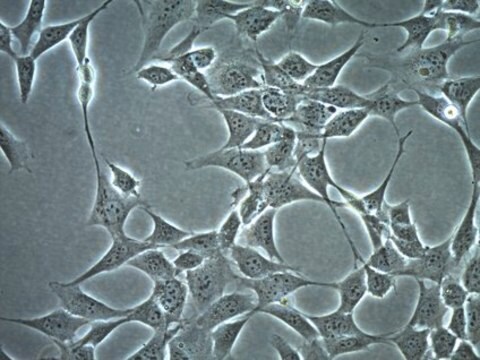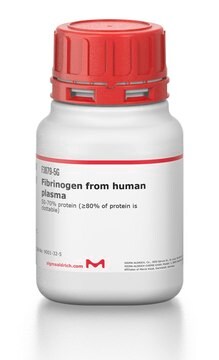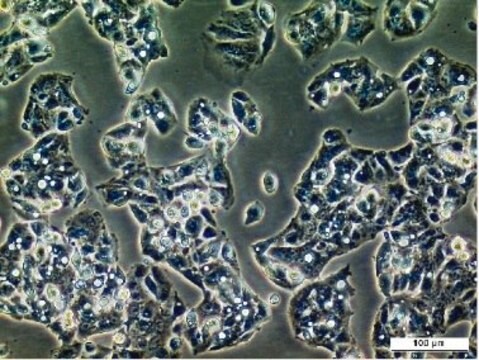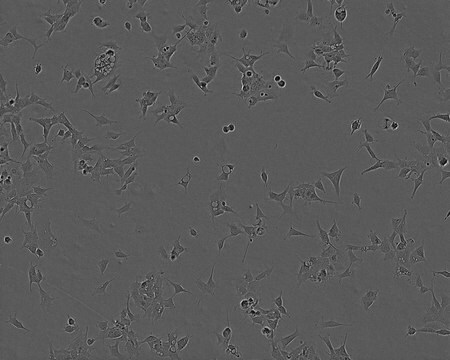PC-12 Cell Line from rat
88022401, rat adrenal gland (phaeochromocytoma), Not specified
Synonyme(s) :
PC12 Cells
About This Item
Produits recommandés
product name
PC-12 Cell Line from rat, from rat adrenal gland(phaeochromocytoma), 88022401
Source biologique
rat adrenal gland (phaeochromocytoma)
Mode de croissance
Suspension
Caryotype
Not specified
Morphologie
Not specified
Produits
Catecholamine, dopamine and NPP
Récepteurs
Not specified
Technique(s)
cell culture | mammalian: suitable
Maladie(s) pertinente(s)
cancer
Conditions d'expédition
dry ice
Température de stockage
−196°C
Origine de la lignée cellulaire
Description de la lignée cellulaire
Application
Milieu de culture
Procédure de repiquage
Autres remarques
Certificats d'analyse (COA)
Recherchez un Certificats d'analyse (COA) en saisissant le numéro de lot du produit. Les numéros de lot figurent sur l'étiquette du produit après les mots "Lot" ou "Batch".
Déjà en possession de ce produit ?
Retrouvez la documentation relative aux produits que vous avez récemment achetés dans la Bibliothèque de documents.
Notre équipe de scientifiques dispose d'une expérience dans tous les secteurs de la recherche, notamment en sciences de la vie, science des matériaux, synthèse chimique, chromatographie, analyse et dans de nombreux autres domaines..
Contacter notre Service technique






